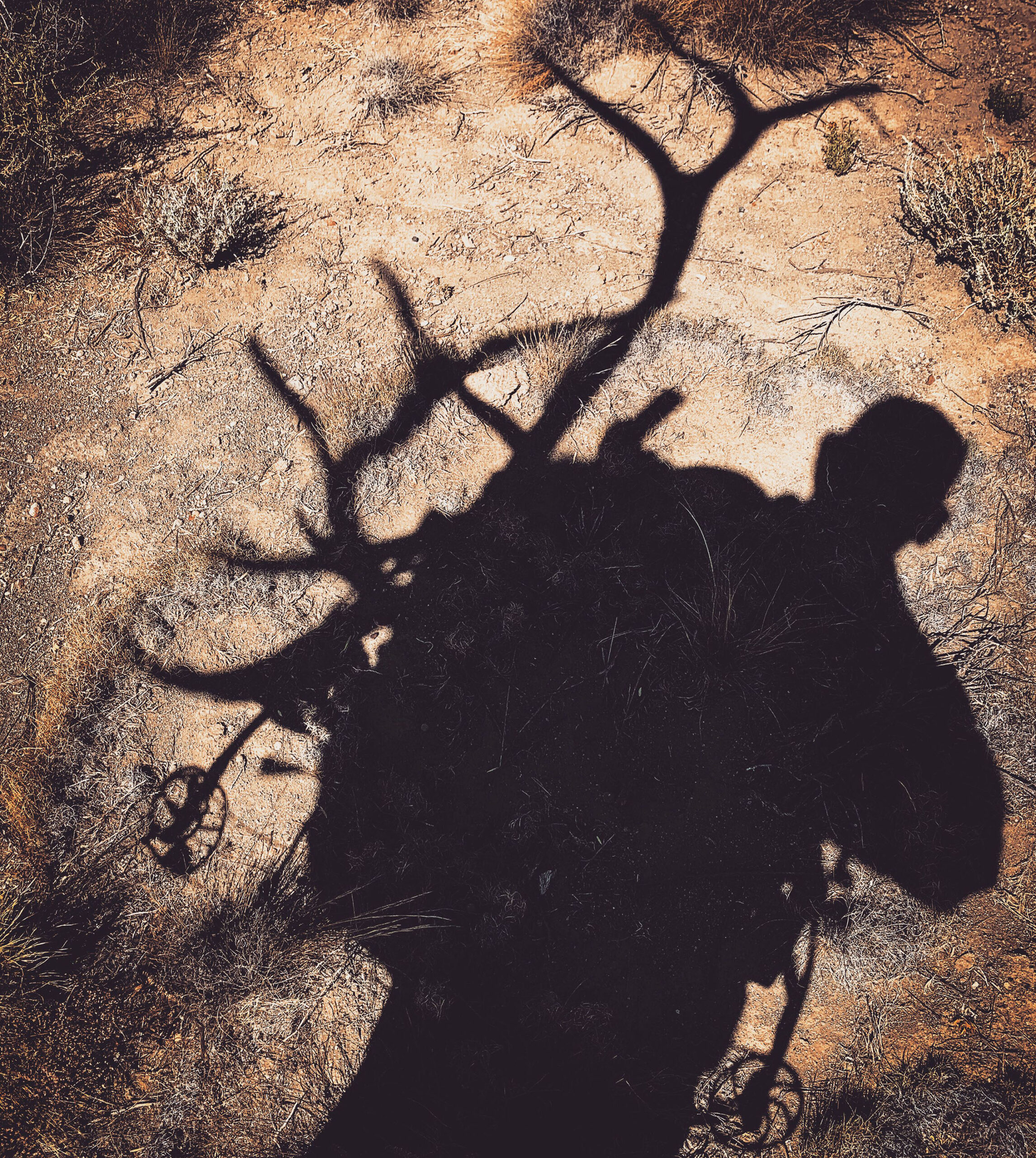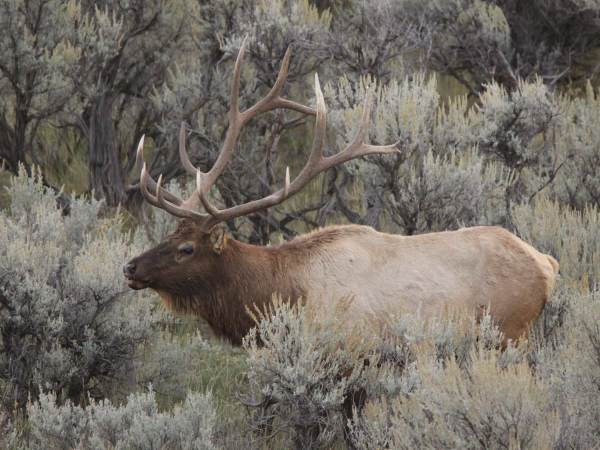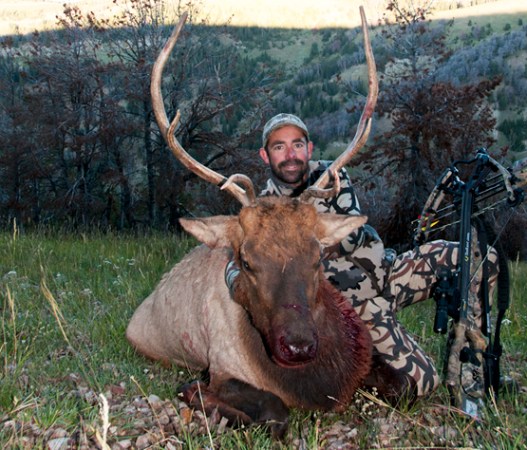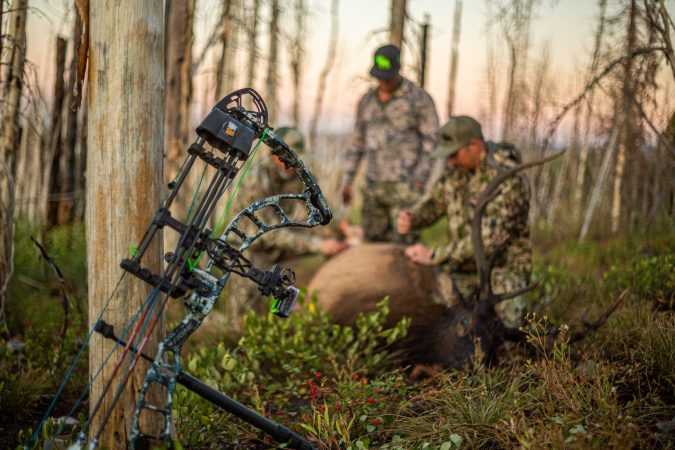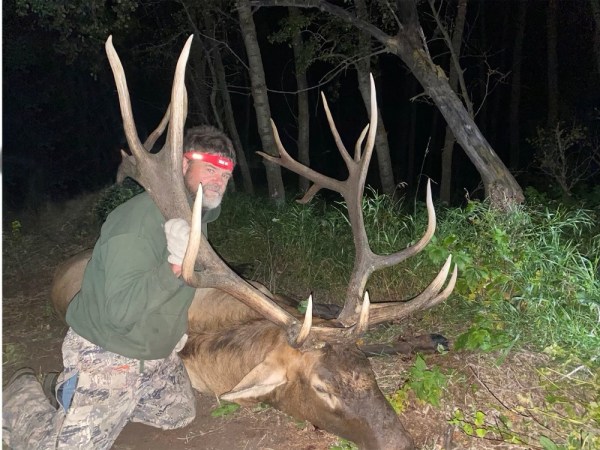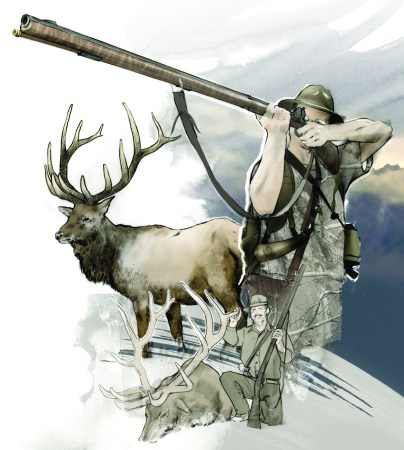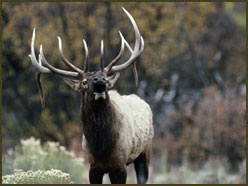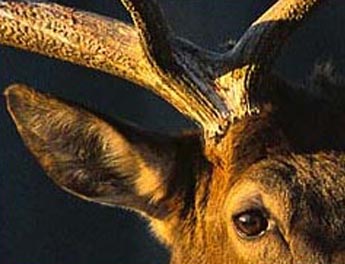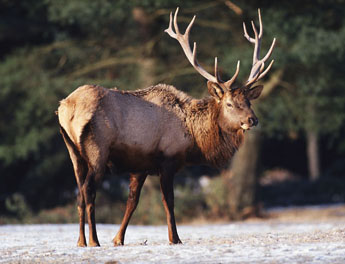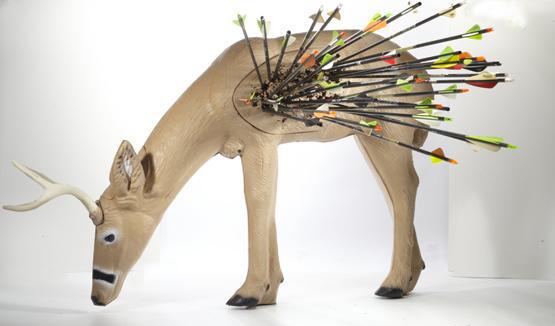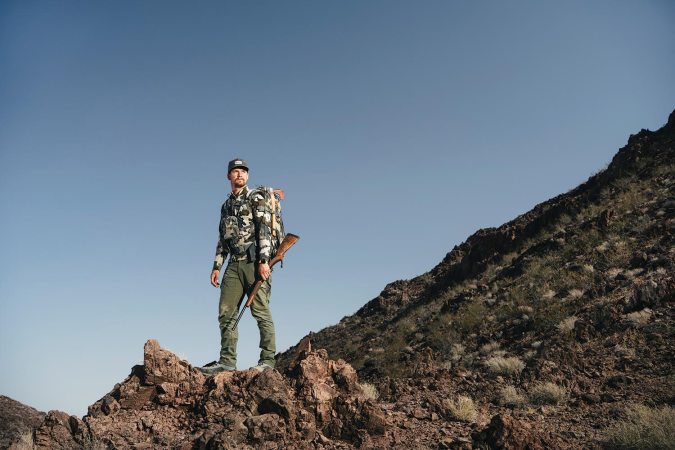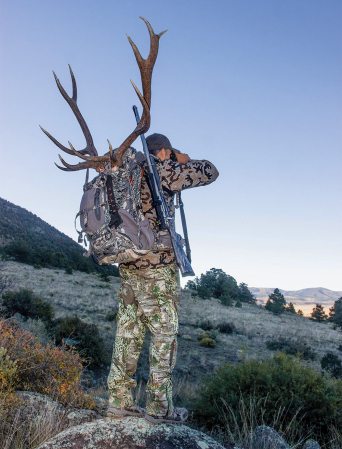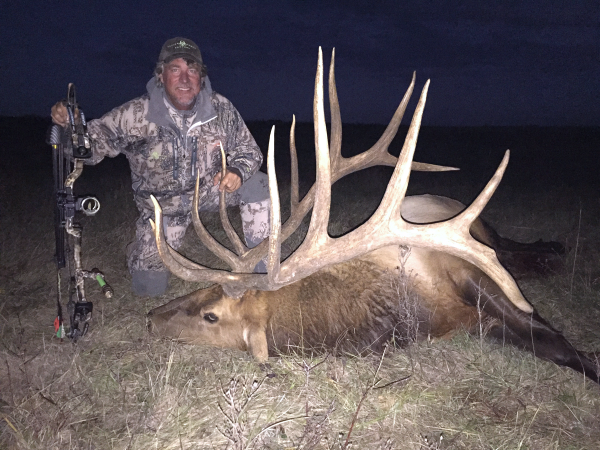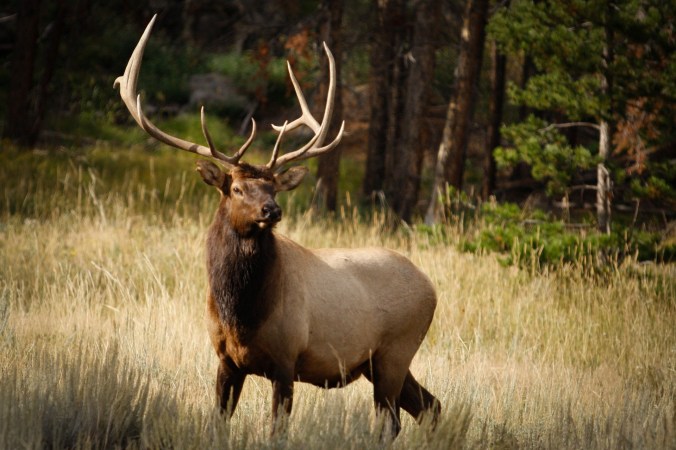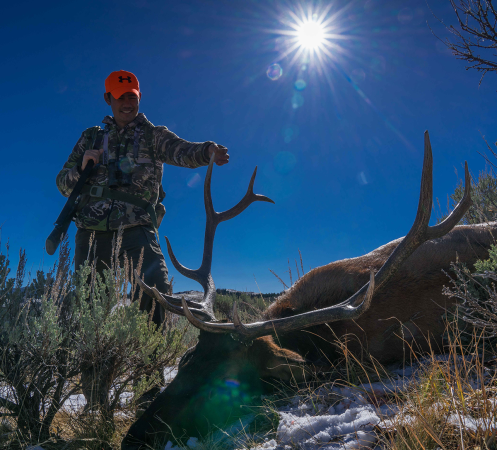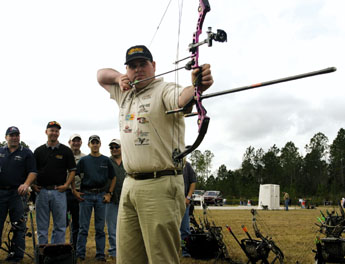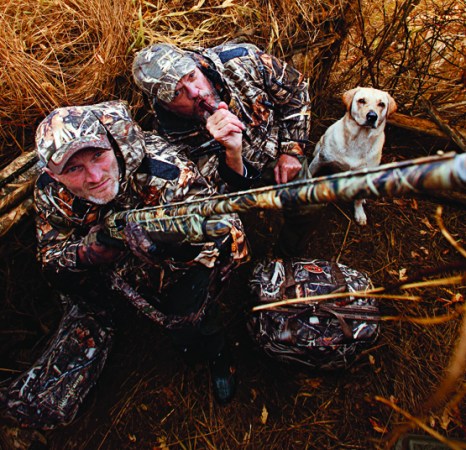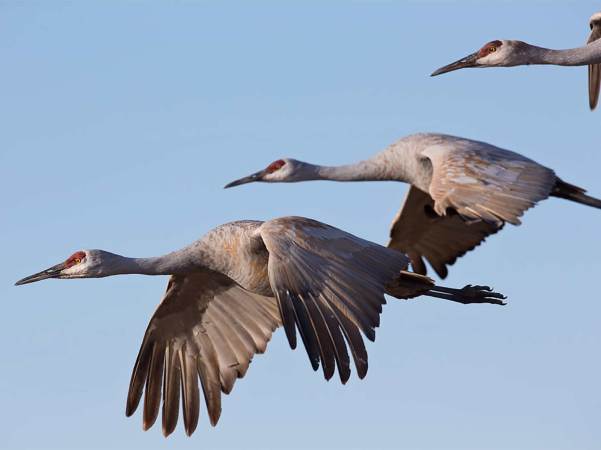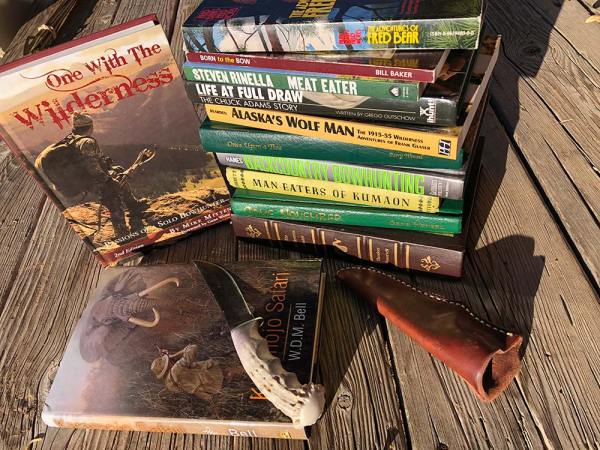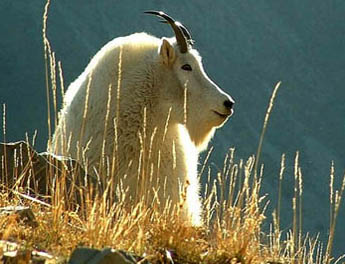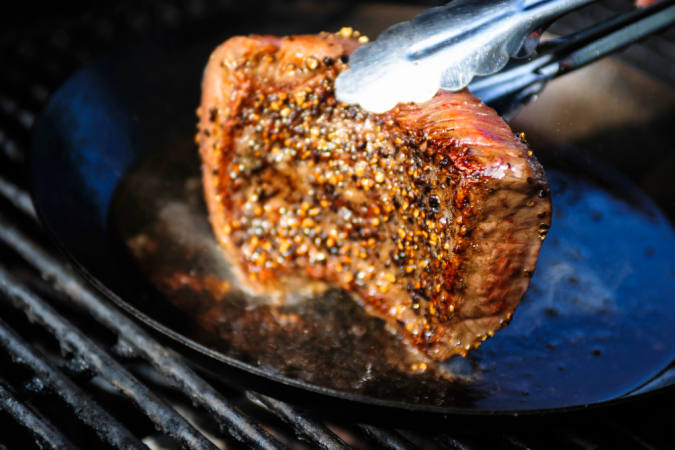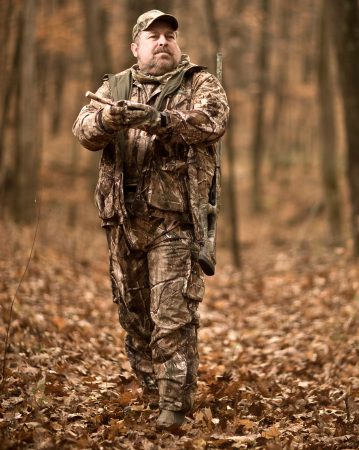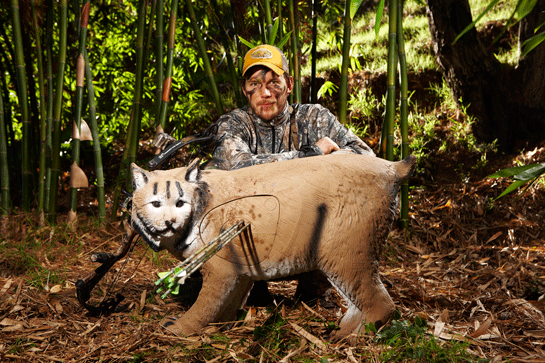We may earn revenue from the products available on this page and participate in affiliate programs. Learn More ›
Sun Tzu, the legendary Chinese general, said “the side with the simplest uniform wins.” Accordingly, my archery elk hunting setup was pretty simple. I had an older Mathews Heli-M with a 70-pound draw weight, 30.5-inch Gold Tip Pierce Platinum’s in 300 spine, and a popular 125-grain mechanical head. I’d killed numerous whitetail deer and feral pigs with my setup. However, elk are not whitetails, a point I wish I had taken to heart before leaving for New Mexico.
This New Mexico hunt was my first elk hunt as a shooter rather than a packer, spotter, or camera operator. I was drawing the bow this time. It took me 50 years to get here so I wanted to be as prepared as possible. I got good boots and broke them in. I walked miles with a 60-pound sandbag in a meat hauler. I focused on shooting my bow out to 75 yards. I felt pretty good about myself and thought I had enough arrow and bow weight to do the job. I was wrong.
READ NEXT: Best Arrows and Broadheads for Elk Hunting
The first four days were spent glassing, stalking, getting busted and in the parlance of our times, “paying our dues.” We spotted a really nice bull with a J-hooked 4th on his right side. We tried to woo him with a cow call and he wanted nothing of it while we watched him evaporate into the juniper. It would be one of many let downs. If you can’t handle rejection, don’t elk hunt.
Western-Central New Mexico is high desert: Flat top mesas with patches of juniper and pinon pine bordered by deep, sandstone-walled canyons divide the country like a broken puzzle. It’s rough, rugged, and beautiful. We were fighting abnormally hot conditions for this time of year, lows in the 60s and highs in the upper 80s to low 90s with winds gusting to 20 mph. It made for hard hunting. Cooler weather was predicted later in the week but we all know the weatherman is the only guy that can be right 20 percent of the time and keep his job.
The Shot
On day four, we caught a break and found a nice bull with about twenty cows feeding below a mesa. It wasn’t the J Hook stud but he was definitely a mature bull. By this point we had mostly figured out the elks’ pattern: Early water, then feed toward their bedding areas. By 9:30 a.m. the morning hunt was pretty much over, and it didn’t resume until they hit water again about 6:30 p.m. in the evening.
Once we got a fix on where we thought this bull was headed, we started stalking into the wind. We made a wide arc and covered nearly two miles and stopped to catch our breath, form a hasty plan, and get ready for the bull to hopefully walk into range.
The bull had a lot of cows with him, but the wind was in our favor. It was going to happen. I could feel it. My Black Mountain Outfitters guide, Mario, whispered, “Start ranging those cedars, he’s on a line to pass right by them.” The trees were 45 yards away, a shot I practiced over and over in the sweltering August heat of Texas. I hooked up my release and prepared to take the shot I have been dreaming about since I was a kid working at Clyde’s Archery shop.
Three minutes later his tips crested a slight rise in the terrain. I tried to make myself small, but I’m 6-foot-1, 220 pounds, and I stick out like a rat turd in a sugar bowl. Nonetheless, the 6×6 bull continued on his path to the cedars I had ranged, cows surrounding him, all of them oblivious to us.
Ten more steps. He was stunning. Massive. Most likely in the 330-inch range. I was amped up but not shaking. I let him take one more step and I drew. He stopped and stared at me. I suddenly felt cold. I whispered, “range?” Mario, now frustrated, hissed “forty-five” in a voice somewhere between excitement and, “Are you kidding me?” At full draw, I repeated my mantra: “Second pin, settle” and then I heard the thump. Textbook hit: the ribs, behind the shoulder. But something went wrong. Bad wrong. My arrow looked like it hit a brick wall covered with mud and hair. It literally bounced off the elk. As I watched him run off, I swear he looked back and laughed. I didn’t see the humor. I was dumbfounded. Mario was dumbfounded. What I thought had been a perfectly placed arrow seemed to hit a rib and penetrated no more than a 1/4 inch.
I returned to camp baffled, every bit of confidence drained from my body. All the practice, the walking, breaking in boots and dreaming of this moment … it was overwhelming.
I fixated on one idea: I didn’t bring enough arrow.
Back at camp I sought out a hunter named Tom who had killed an elk on day one and asked if he would watch me shoot and look at my setup. The first thing he said was, “shit-can that mechanical head. They are awesome until they aren’t.” We negotiated a deal, and I bought some of his cut-on-contact broadheads. That saved my hunt.
I know that when mechanicals work, they work great. I’ve used them on whitetails and other animals with great success over the years and I know many hunters who swear by them. Good for those guys. As for me, I won’t ever shoot mechanicals again.
Elk Broadheads Reset
I started thinking my chance came and went with my day-four bull. Mario had been guiding nonstop since the season opened. I gave him the next day off to scout, wash clothes, and take a breather while Tom and I went to the range and got dialed in again. After several hours I checked off four hits in a 10-inch circle out to 70 yards and felt my confidence begin to creep back, but I still wondered if I had enough arrow even after adding new broadheads and internal weight to my arrows.
On day six we spotted the bull with the J-hook G4 cruising a mesa near where I had hit the bull two days ago. The wind was wrong, so we just watched him drink and eat before bedding at 9:15 a.m. no more than 200 yards from where we saw him the first morning. That afternoon the winds were 25 to 30 mph and the temperature was pushing 90, so we sat on a waterhole we had scouted earlier in the week. Just as the magic hour approached, our sit was interrupted by hunters scouting from their vehicle. That’s the way it goes on public land sometimes. But we had two days left and I told myself it could still happen.
On the last day it did. That morning, we heard an early bugle and called back. There was no reply, but we saw J-hook heading in our direction on a line that would take him within 100 yards. Mario hit him with some cow calls and J-hook stopped on dime and turned our way.
He went from 100 yards to 60…and then to “oh, hell, he’s going to be in my lap.” With the cedar in front of me breaking my outline and my release hooked to my D Loop, I ranged a rock on the ground to my right at 32 yards, and a small cedar to my left at 35. I felt like I was going to turn inside out. I couldn’t drop my range finder for fear of him seeing or hearing me so I put it in my bow hand. He saw the movement and veered to my right. I couldn’t see the rock I ranged, so I knew he was inside of 32. Gripping my bow and my range finder in the same hand and coming to full draw was something I had not practiced. But the bull was looking for a cow, not some fat dude in camo. He looked left, my 30-yard pin settled, and I heard the hollow ‘ka-thunk’ of steel hitting hide.
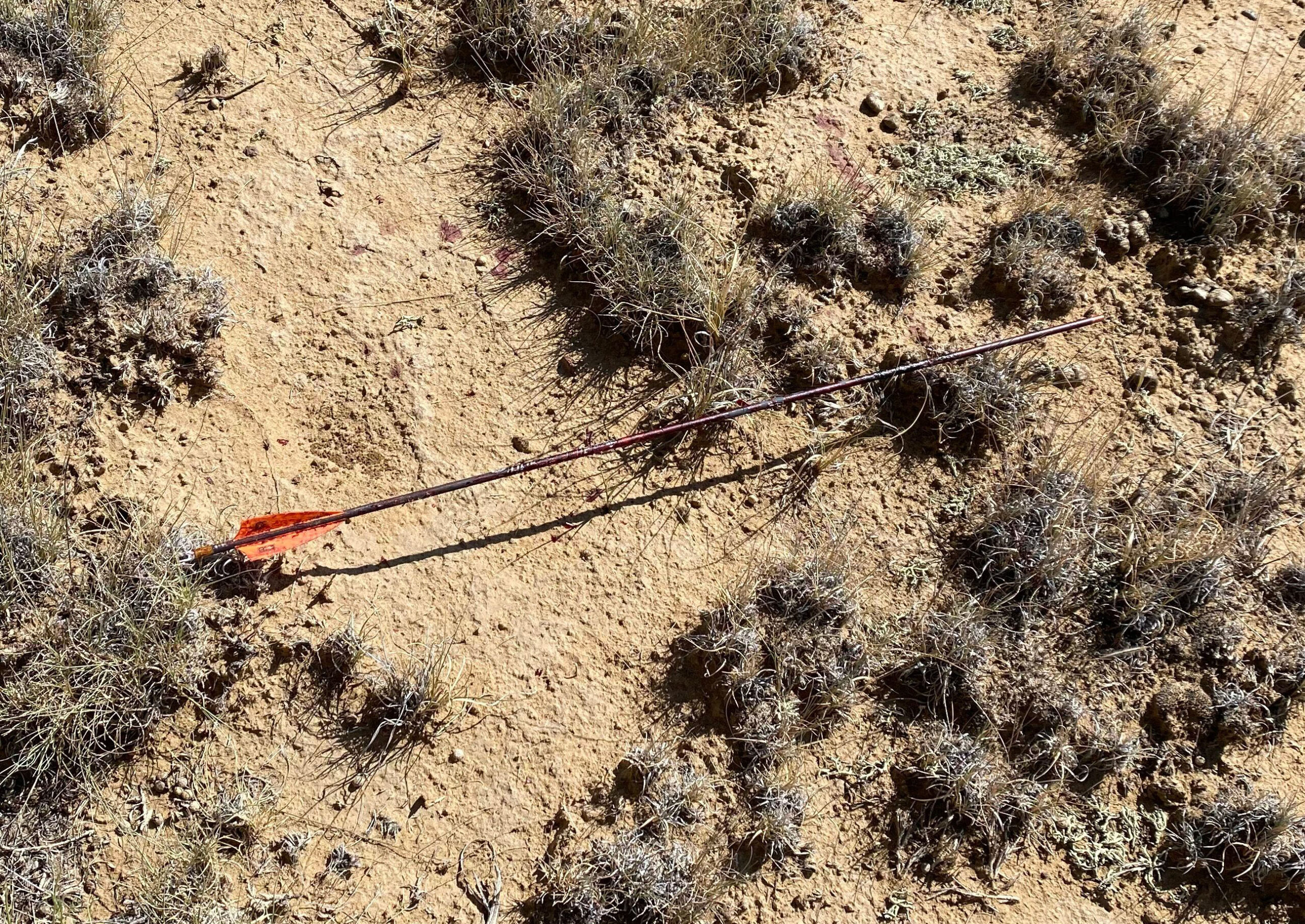
Tougher than Tough
He was hit good, but it wasn’t a pass-through. He took a step back when I shot and his shoulder slowed the arrow a little. He ran about 200 yards and stood at a fence. Shaking, I grabbed my binos and saw he was leaking heavily from his right side where I could see about 12-inches of arrow and fletching protruding. He stepped backward and I prayed out loud for him to fall. Of course, he jumped the fence instead and disappeared into the cedars. We decided to let him be for at 2 hours. We sat, drank some water, ate a bit, and talked about how he was probably laying in there dead just inside the treeline.
As soon as we crossed the fence, we were on blood. Then we found what looked like a crime scene where he had laid down. We could smell him. We got low to look under the cedars and saw movement. We had bumped him.
Mario had seen this movie before, but it was the kind of moment when I question why I bow hunt. Should I really be out here? I thought maybe I should sell my bow and buy a set of snow skis or just fish full time.
“He’s hit and he’s hurt,” Mario said. “But we jumped him. You won’t like this, but we need to back out. Worse case is we find him dead tonight or in the morning and his meat is spoiled. Best case is we come back in the morning, get on him and finish him. He’s mortally wounded. We will find him.”
Those same feelings from day 4 all came back, but now mixed with the dread of having wounded and not recovered an animal that I revere. If you bow hunt long enough you will lose one. That’s just how it goes. It sucks.
The next morning we went to the last spot we saw blood and picked up the trail immediately. We also saw coyote tracks. My optimism evaporated. I knew he was half, if not completely eaten. Eighty yards into it, another crime scene, then another not twenty yards to the right. But with cat scat nearby, I was sure the poor bastard was dead and eaten.
I took a pull off my hydration bladder and in that moment saw him materialize forty yards away before stumbling into the brush. He was definitely hit hard. We watched him head into a cedar thicket and bed 200 yards to the east. The morning light shined on his blood-soaked shoulder.
With two small arroyos to cross, and not enough concealment to cover a jackrabbit, Mario planned to stay in a fixed position while I maneuvered. I dropped my pack, took a deep breath and slithered on my belly to within sixty-three yards by the range finder. I turned to look for Mario on the hill but he was right behind me, smiling like a cat. “Make this shot count,” he said. “You miss and he’s gone.”
No pressure. I dialed the sight for sixty-three yards, took a deep breath and pulled back the 70 pounds. The pin settled, my release clicked as it let go of the loop, and I watched the fletching disappear behind the last rib. The bull let out a final death bugle.
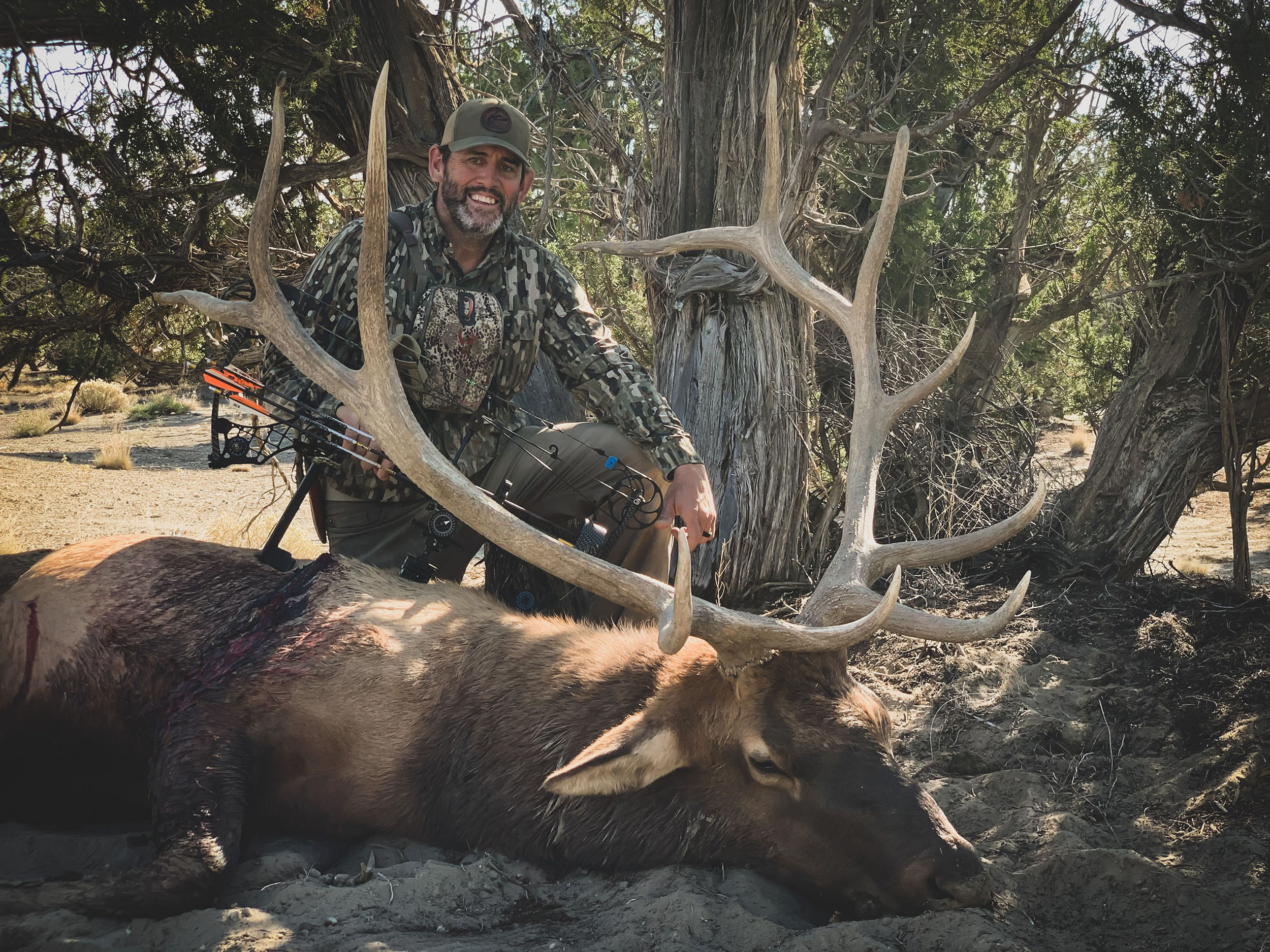
I felt relieved for him. I shook. I was elated the saga was over but was still not fully comprehending what I had done. The feelings of accomplishment and elation accompanied by deep respect for the bull and shame that I did not finish him quickly is hard to explain, probably harder still for a non-hunter to understand. I thought of two men in my life—one a dear friend, the other like a son. One of them had just passed away. The other was terminally ill. Both shared a reverence for wild things. I wished for nothing more than to have them with me in this moment. I began to weep.
I was transported back to Clyde’s archery shop. It was 1984 in Corpus Christi, Texas. I could smell the fletching glue; the cigarette smoke; the coffee. I was listening to the men tell stories about hunting bull elk with a bow. How it changed them. They lacked the words to fully articulate it. “It’s just different,” is all they could muster.
Elk Arrows and Broadheads: Go Fixed and Go Heavy
I’ve come to appreciate how critical arrow setup is. Getting the proper flight out of an arrow is not as critical for a 15- to 20-yard tree stand shot on a whitetail when speed and fletching can steer an arrow to its mark. But a heavier arrow matters when shooting large critters at distance. My buddy Dan Alba said, “aim for a pass through”, a factor so important he named his company after the concept. Check out the stabilizer on my set up www.aimforapassthrough.com it makes carrying, and setting your bow on the ground, easier.
Heavy Forward of Center (FOC) arrow setups are nothing new. Dr. Ed Ashby, has compiled data for the last 25 years on the subject of arrow weight, high FOC, and killing animals. Ashby has his disciples and his haters but one thing he has is irrefutable: hit data and forensic evidence of what heavy arrows do when paired with a single-bevel, cut-on-contact, broadhead. Love him or not you can’t argue with data at www.ashbybowhunting.org go check it out.
There are resources out there for how to mathematically figure out FOC. I’m not going to take sides with any company or brand—a quick internet search will deliver you more information than I can provide. The rule of thumb is 11 to 15 percent FOC for a hunting setup. But like everything worth doing, it takes some effort. There is no way to look at a chart and just screw on weight. You must experiment and find what works best for you and your gear. When you have bare shafts grouping at 8 to 10 yards and they are straight, you are headed in the right direction. I have since gone to a 200-spine arrow with a 100-grain outsert, and a 125-grain fixed-blade broadhead.
Speaking of broadheads, these are some of the picks from experienced big-game bowhunters: Solid broadheads (solid-broadheads.com), Iron Will Outfitters (ironwilloutfitters.com), and Magnus broadheads (magnusbroadheads.com). Yes, they are a bit more costly than other options, but quality broadheads are worth it. This is a lesson that doesn’t need to be learned the hard way. Keep experimenting until you find the setup that works for you—your hunt depends on it.
